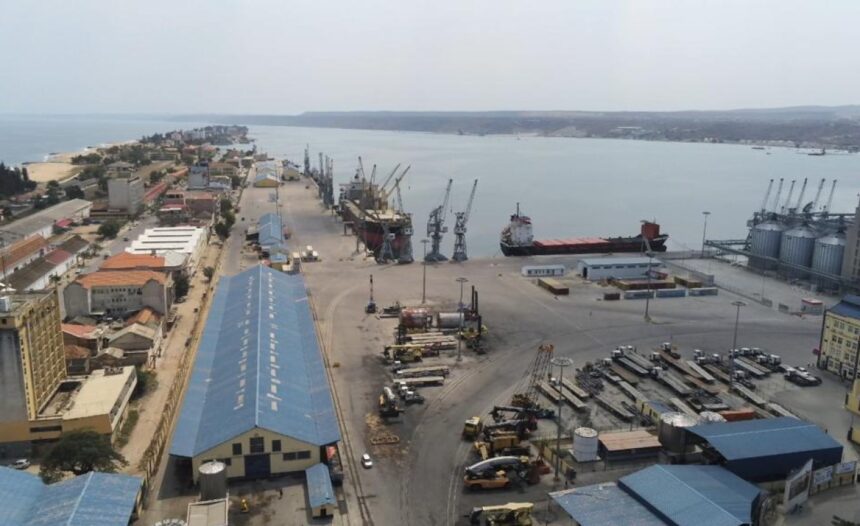The U.S.-Angola relationship has made significant progress over the last decade or so, to the point that Angola is one of the strongest U.S. partners in Africa. This is quite an impressive development considering that the U.S. armed rebels fighting against the Soviet-backed Angolan government during the Cold War. Angola is an encouraging story of a once-war torn country that is now peaceful.
Ahead of the trip, the White House noted several priority issues of focus, including economic growth, food security, global health, security cooperation and climate — all of which the U.S. supports through various programs. While Angola has made some progress on some of these fronts, more could be done to promote democracy and transparency, among other things.
The Lobito Corridor project — a major three-country infrastructure project that the U.S. is promoting in partnership with Angola, the DRC and Zambia — is the highlight of the visit. A key component of the project is connecting rail service among the three countries to the Port of Lobito on Angola’s Atlantic coastline. The project has become a central piece of U.S.-Africa policy in recent years. Among its goals are to promote local economic development and regional economic integration, while helping the U.S. to diversify its critical mineral supply chains, moving away from dependence on China for copper, cobalt and other minerals essential to the U.S. economy and defense industrial base.
The Angolan government has had growing economic ties with China for two decades now. But Angola is interested in broadening its commercial partnerships, especially with the United States. Angola’s openness to the United States as a commercial partner is a big reason why President Biden is visiting the country.
Source: Usip





